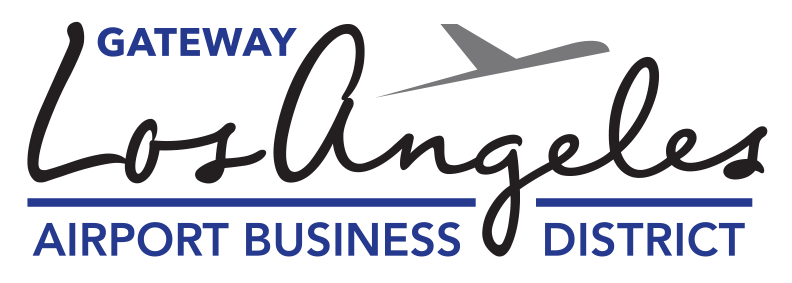Los Angeles World Airports has released the LAX Service and Passenger Activity Update for 2018, and the airport has continued to record volume for domestic, international and total passengers.
In 2016, the airport handled 80.9 million passengers. That number jumped to 84.6 million in 2017, and jumped again to 87.5 million passengers last year. That move represented a 3.5% increase and breaks down to 61.5 million domestic and 26 million international passengers.
That makes LAX the No. 2 passenger airport in the nation.
The airport currently serves more than 109 non-stop domestic destinations and 93 non-stop international destinations, including non-stop flights to Buenos Aires, Argentina; Shenyang and Xian, China; and Lomé, Togo; initiated in 2018.
Among its peers, LAX grew at an average pace in 2018, but only seven airports throughout the country exceeded LAX’s growth, led by Orlando, which saw a 6.9% increase in passenger traffic.
“The growth of LAX has a direct result on the economic success of the businesses surrounding the airport, especially our hotels and restaurants,” said Gateway Executive Director Laurie Hughes.
“The airport’s continued success means our members are continuing to flourish as well.”
The airport has been booming since 2014. In fact, LAX has added 21 new airlines since then and notched a 20.9-million increase in passengers – a 31.2% increase.
In terms of international service, LAX has added non-stop service to 36 new destinations since 2014. Those new offerings have helped LAX achieve a 46.6% increase in international passengers since then.
Looking ahead, the airport’s future looks bright.
LAWA is forecasting that LAX will maintain its growth throughout 2019, although at a lower rate than over the last five years.
LAX’s top four carriers are expected to continue to add capacity, and passenger traffic is forecast to grow between 1.8% -2.2%.
In addition, overall seat capacity at LAX is forecast to grow by 2.3% in 2019, lower that the U.S. average of 3.4%, – domestic seat capacity is expected to grow at 4%, while international seat capacity is expected to contract by 1.7%.
Despite the rosy outlook, LAWA indicates that many uncertain factors remain for the airport’s continued growth, including fluctuations in fuel prices, changes in the economies of the U.S and several key countries, trade tariffs, foreign exchanges and aircraft delivery delays





